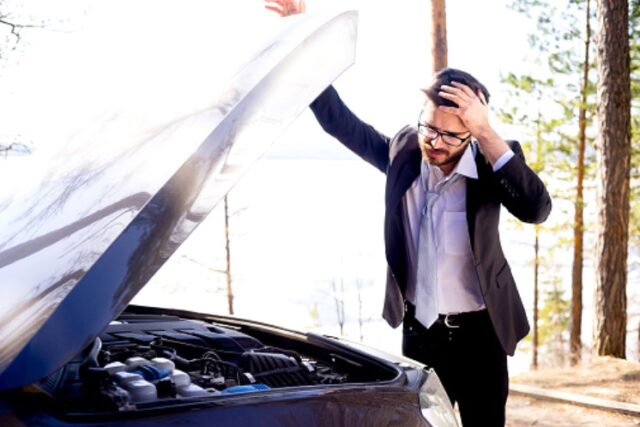Owning a car does not only imply having your own set of wheels. As a vehicle owner, you must also make sure that it performs well and that it is maintained constantly. Car maintenance comes in many different ways, from cleaning it and washing it to changing spare parts. Certain issues will happen over time and you may need to take it to the shop.
However, there are also car problems that you can diagnose and fix yourself with a little bit of dedication and basic skills. In this article, we talk about the most common car problems that you can locate and fix yourself. Make sure to read through the article carefully so as not to miss anything.
1. Checking Diagnostics
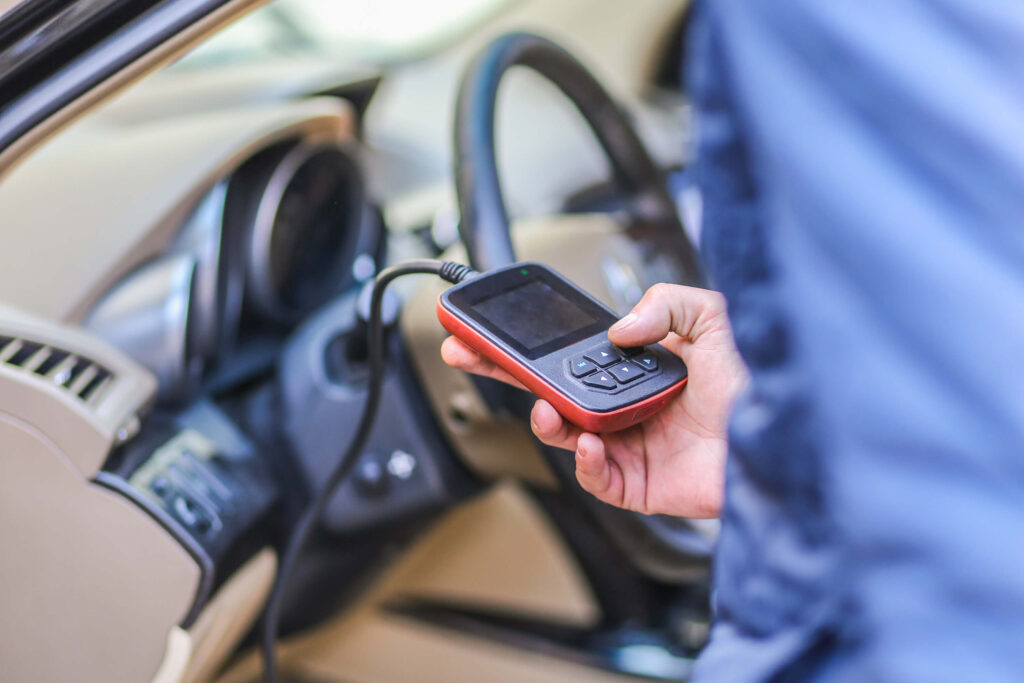
The Check Engine light is also known as Reduced Power or Service Engine Soon light or warning, and it pops up on the dashboard when the computer detects an engine or transmission issue. Faulty sensors cause most of these scares meaning there is no real problem with either the engine or the transmission. In modern vehicles, there is a lot of electronics. The cars cannot properly function unless these systems are operating at optimal capacity. If there is a problem with the electronics, such as the sensor issue, it may literally be anything. A small wire could be a problem or a system could no longer be responding. Whatever the case, in order to diagnose it you will need a diagnostic tool.
If you are seriously into cars and have more than one to your name, investing in a car diagnostic tool is the right move. This gadget plugs into the car and gives you readings on anything and everything the car has in terms of software. You can do quick performance and service checks, troubleshoot the issues, and adjust, activate or deactivate certain parameters. It is certainly an investment because these computers cost a lot, but they are necessary if you deal with cars a lot. Check out originaldiag.com to learn more about cars diagnostics tools and browse through a diverse collection for all sorts of vehicles.
2. Oil Warnings
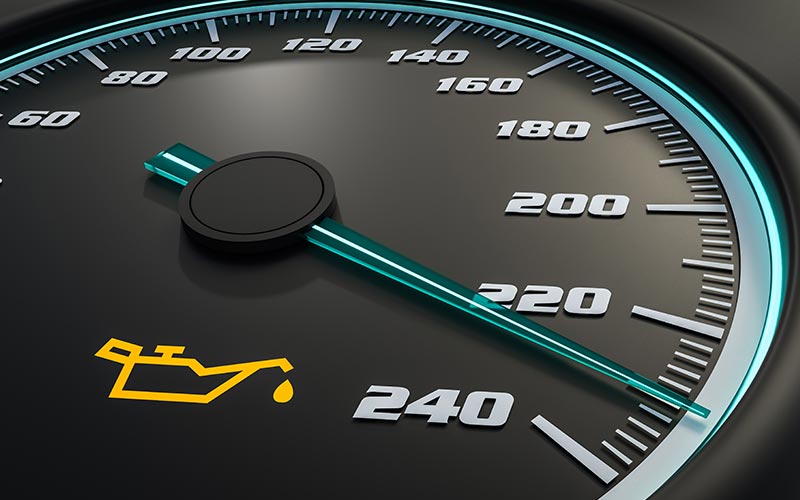
When the oil warning light is on, it means that your car is experiencing one of the more serious engine problems out there. There is no reason to doubt the warning light, so be sure to pull over immediately and shut the engine off. The oil pressure can be bad, the pump could be broken, or there could be serious wear and tear issue that has appeared just now. However, not all of the potential problems are as serious. The oil warning light could simply be telling you that you have run out of oil. Therefore, once you stop, immediately check the oil level to eliminate the easiest solution. This is very easy to do.
All you have to do is remove the dipstick and wipe it with a tissue or a rag. Reinsert it and pull it out again. Depending on the model, the dipstick will either have two notches, marks, or holes, one labeled FULL and the other ADD. If the oil level is below ADD, you need to pour it in. Pour in new oil, the right type for your engine, until you bring it over the FULL mark. Lastly, drive back to the shop to have the mechanic check for leaks or consumption problems. If the oil is above FULL when you check it, the problem is a lot more serious and you cannot do much on your own. A tow truck is in order sadly.
3. Dim Headlights

Driving without headlights on is dangerous for obvious reasons. Oncoming traffic needs to know of your presence and you have to see in front of yourself. If or when your headlight is dim, you risk your own safety as well as that of other drivers. Poor connection on the circuit is what usually causes dim headlights. Corrosion can also be an issue if it is present on the ground connection.
This is something you can do on your own by removing the electrical connector that goes into the headlight and cleaning the ground connection of corrosion. There may be melted plastic in there too so clean that as well. Electrical contact cleaner and wire brushes clean corrosion amazingly well. Melted connectors should be replaced. If the headlights shine brightly after you reconnect everything, you did a good job. If not, something else is the issue and you will need a professional’s help.
4. Slow Moving Power Windows
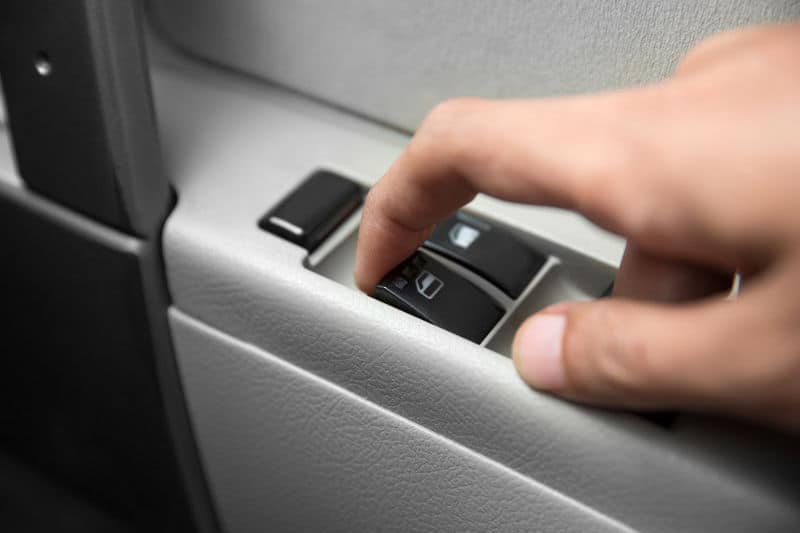
It is great when things are automated and powered, but they are usually tricky to fix. That is unless you know what you are doing. Having slow power windows is frustrating and annoying. You need to have a window that rolls down quickly so as not to waste time at toll booths and drive-thru windows. With this problem, it is always best to react quickly and use a lubricant to treat the window channels.
If you fail to do it on time, the windows will stress the mechanism beyond repair and break it completely, after which you will need to spend about $450 to replace it. The dry aerosol Teflon spray works well here. Shake it before use and insert the straw into the window channel. Soak it and allow it to run down. After a few minutes, operate the window a few times to spread it all over the channel and it should no longer roll slowly.
5. Sticking Car Doors
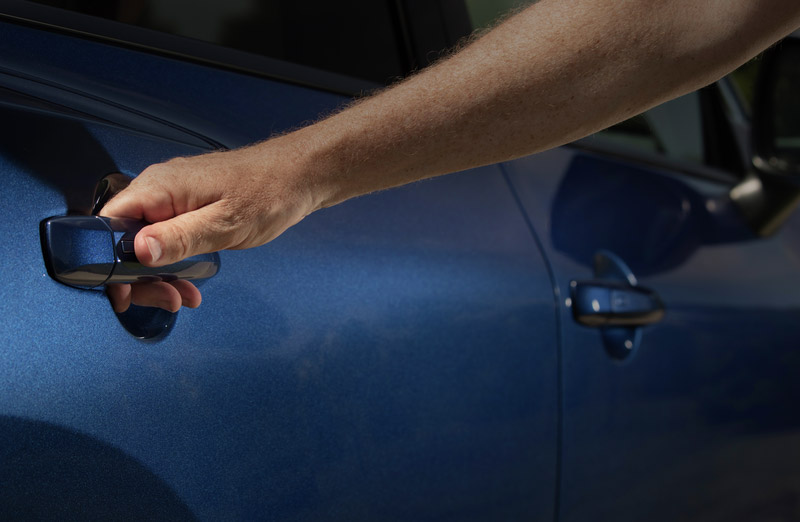
When the weather gets hot, the sponge rubbers alongside doors can stick to the door frames. This makes the doors harder to open and to stick hard. Clean the weatherstrip residue with any old spray cleaner, coat it with silicone or lube, and spray the lubricant onto a rag to wipe everything nicely. When the solvents dry and everything evaporates, the doors should no longer be sticking.
6. Windshield Wiper Streaks

This is another one of those annoying, easy-to-fix issues that usually take the drivers a long time to finally pick up and solve. The wipers squeegee the water off the windshield, so they have to make contact. If they are streaking, it means they are either worn out or dirty. Clean the blades first to check if the dirt was the issue. It is not, buy a new set because your old one is no longer working. They are easy and straightforward to install and you should not have any issues with that.
